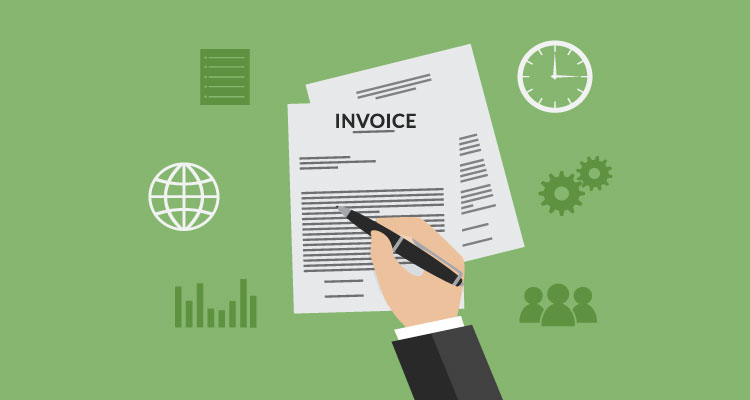Among all the hats a small business owner wears, some become so heavy to hold up that they crunch down on the neck of the business owner. It doesn’t matter how fancy the hat is, it can really start to feel it is taking away from the part of the business that makes money.
One of these hats is the time-consuming process of invoicing. When you begin to understand inside out and upside down what the saying, “time is money” really means — you will have discovered why letting someone else wear one of the hats in your business is so relevant for a small business owner.
Sure, the objective of the invoicing process is to get paid for services or products you have offered. No one is paying you for the time it takes to compile what to charge. This includes time charges incorporated to create the invoice, send it and remind the client that they haven’t paid you.
In the meantime, you could have been searching for more business or personally attending to the customers you already have. Not to mention, those customers may take on producing more work which can earn you additional revenue.
When you get to the point that invoicing is slowing you down, you have arrived where you may need some serious help in learning how invoicing doesn’t have to be such a time-consuming process.
Here are some tips that you can start implementing right now that will change how you see and experience invoicing within your operations:
Table of Contents
ToggleProvide Quotes and Agreements Prior to Invoicing
In order to save the hassle of questions and disagreements later when the actual invoice comes, be proactive with all customers by making sure they understand what the project will entail and the costs associated with this work, prior to the beginning the work on this particular project.
An agreement form can also clarify your payment terms and establish a positive working relationship from the get-go, so you don’t have to spend time later answering questions and addressing concerns.
Add Details and Branding to Your Invoices
Your invoices should identify clearly your company and its brand to help your clients understand where the invoice is coming from, plus you can continue to emphasize your brand’s values this way through consistent attention in all communications.
The details on your invoice should also include a numbering system so you can track your billing and quickly find an invoice that may be in question. Add all the possible ways there are to contact you, including address, email address, and phone number.
Lastly, don’t leave off any specific details about the work completed or the payment terms. Even if those have been included in an agreement form or quote, it’s important to reinforce them through every invoice you issue.
Move from Manual to Automated Invoicing
Get rid of any paper-based invoicing process. Even if you only do a few invoices a month, it takes too much time and money to compile and send paper invoices. Instead, automate the process with invoicing software and online tools that often work in the cloud.
This means you will be able to create and send invoices from wherever you are working and save money by not buying paper, ink cartridges, envelopes and postage. Then, you won’t be making those trips to mail the invoices. Instead, you will be sending them from the software to your customers’ email addresses.
Automate the reminders that invoicing software can send on your behalf. That way you can take time to work on something else.
Lastly, by taking a few of these steps you are reducing chances of human error that then end up costing you even more time. Add automated payments to your work flow and you will really gain some momentum in the extra time you gain!
Be Polite and Positive
View your invoices as another interaction and engagement tool with your clients. This will help you ensure you stick to polite language, using “please” and “thank you” throughout your content.
A follow-up payment acknowledgement with further appreciation helps to solidify that relationship. Reinforce how much you appreciate their business.
If it’s a specific season, you might even include a “Happy Holidays” or something appropriate for the time of year. This creates a positive environment that may also encourage quick payment.
Send Invoices Promptly
Don’t feel like you need to wait for a certain time that you think is appropriate for customers to pay. It’s important to send out your invoice as soon as you have completed work.
If you are just starting a project and pre-bill, get that invoice to the client immediately. This way, you are at the top of their mind and are more likely to also get paid quickly.
Give Customers a Way to Pay Just as Fast
New technology is available that allows a customer to pay directly from the invoice in their email. Try this to speed payment for greater cash flow and less stress. These online payment options provide more options, including debit from a bank account, credit card options, and ACH/e-checks.
With so many potential forms of payment, customers are sure to pay you just as fast.
Don’t Be Afraid to Follow-up
When an invoice hasn’t been paid, some business owners may feel nervous about asking for payment. Reminding a customer about money for work you’ve completed or products that have been received is important.
You can personally contact them or use your invoicing tools to set up automated payment reminders.
Either way, know you deserve that money so don’t make this process a big deal and don’t be afraid.













